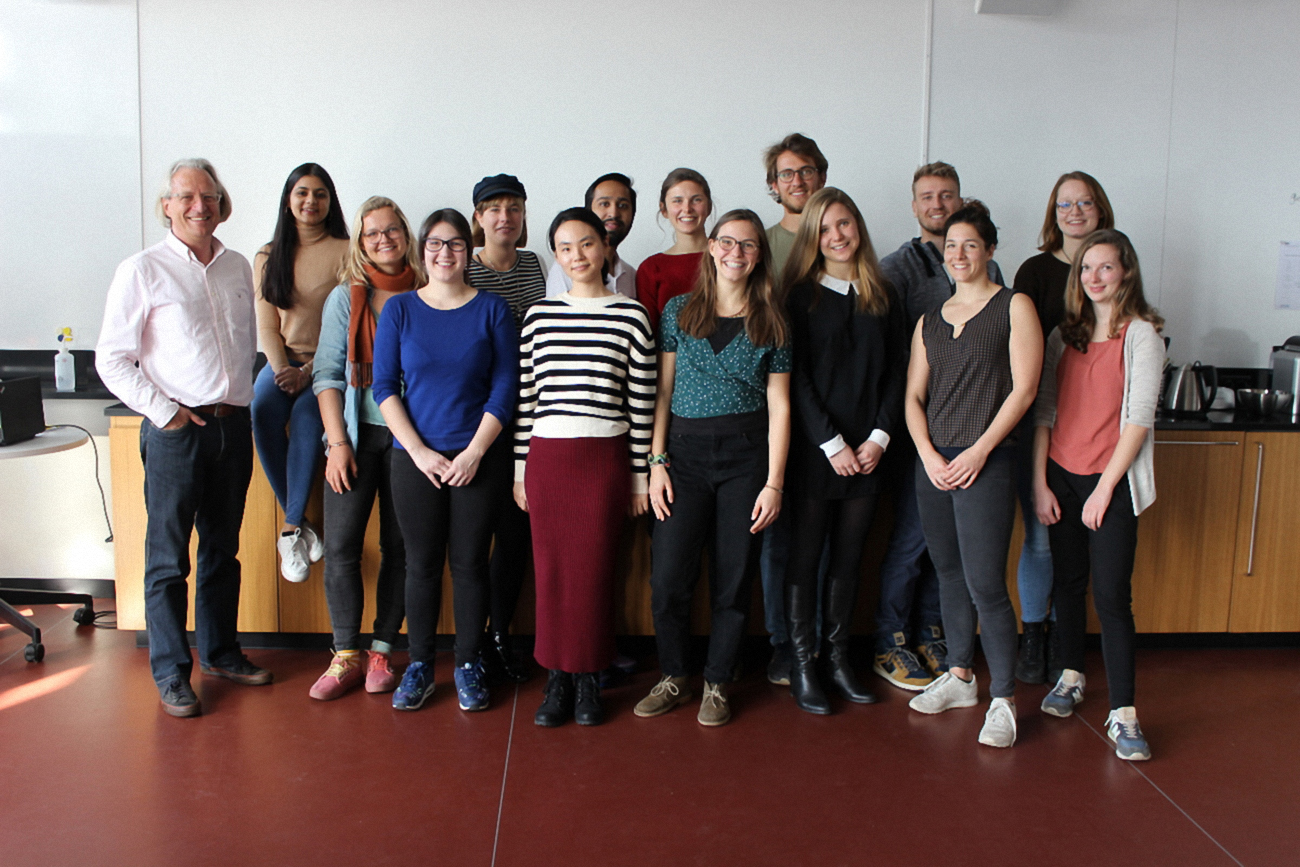CS 2019 "Sustainable practices: mobility in the Hunziker Areal of the city of Zurich"
Publications
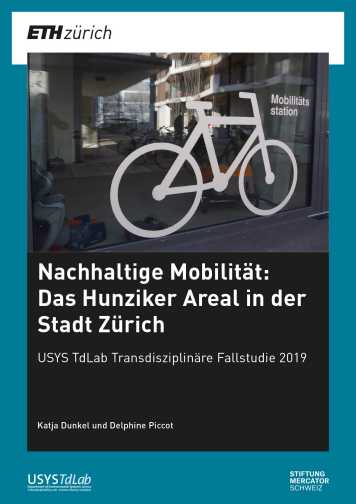
Dunkel, K. & Piccot, D. (Hrsg.) (2019). Nachhaltige Mobiltät: Das Hunziker Areal in der Stadt Zürich. USYS TdLab Transdisziplinäre Fallstudie 2019. ETH Zürich, USYS TdLab. doi: external page 10.3929/ethz-b-000628645
The Course
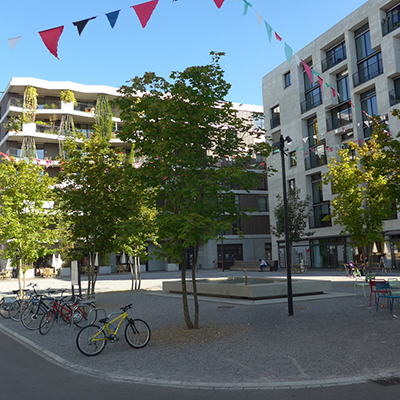
The goal of the course (7 ECTS) is to identify and explore sustainable practices in the Hunziker Areal. Intensive collaboration between ETH students, people living and working in the Hunziker Areal, and various stakeholders important for the development of the area were a major focus in the course. See Course Catalogue ETH
Study area: Hunziker Areal
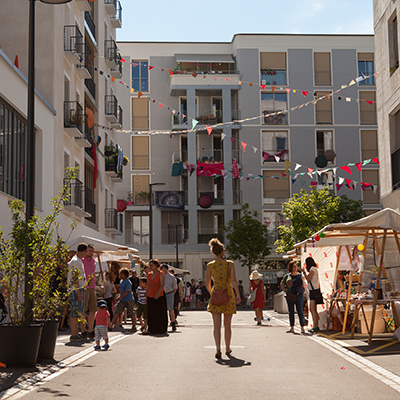
The Hunziker Areal is a project of the housing cooperative external page "mehr als wohnen" (more than housing) offering living and working space for approx. 1300 people in the North of the city of Zurich.The project started in 2007 with a participatory planning process. Building lasted from 2012 to 2015 with first people moving in November 2014. The cooperative mehr als wohnen understands itself as a learning platform to explore and learn from sustainable future living solutions.
This is the second time that the transdisciplinary case study was organized at the Hunziker Areal. In 2017, several interventions in the food domain were developed and systematically analysed, see: Webpage tdCS2017. A German Brochure describes the background and provides insights into the results and conclusions, see Brochure tdCS2017.
Topic
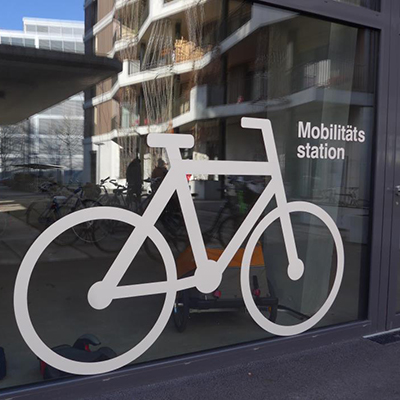
The preparation happened in in close collaboration with the cooperative mehr als wohnen to secure that research is relevant for the local context and can have concrete impact in the case. Together we defined mobility as the topic for next year, namely issues like the optimisation potential of the mobility infrastructure at the Hunziker Areal, effects of limited transport possibilities, bicycle traffic and health, mobility in leisure time or holidays.
General approach
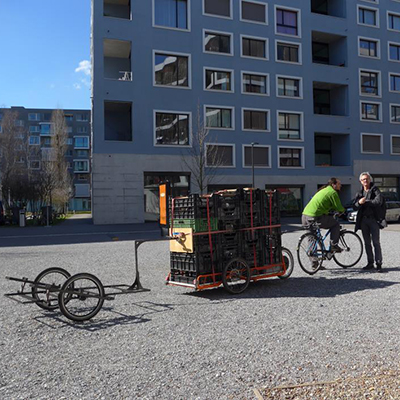
Systematic analyses of selected topics (system knowledge) were combined with concrete real-world interventions (transformation knowledge). Close collaboration with local district groups to explore and secure continuation and scaling-up of successful interventions was key. A mixed-method approach using social scientific, transdisciplinary as well natural scientific methods was applied.
Students-centred project
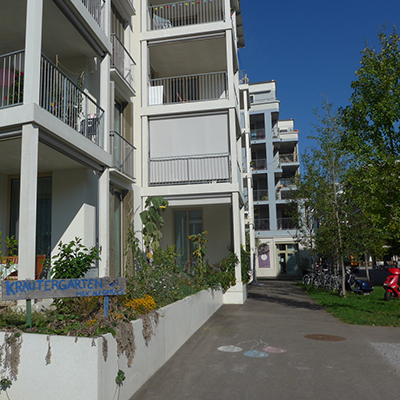
Students organized themselves and developed their own ideas within the broad frame defined. Their work was continuously coached by experienced lecturers and supported by further experts when needed. Regular exchange with an advisory board secured that research work is relevant and useful for the case.
Dates
- Started on 20 February 2019 and meets every Wednesday 13h15 – 17h
- 2 block days in Zurich (Fri 8 to Sat 9 March)
- 3 block weeks after the semester: Wed 19 June to Fri 5 July, 2019
In the course, students learned how to…
- define relevant research questions
- apply various methods to collect and analyze data to answer these research questions
- work in an interdisciplinary team and engage effectively with stakeholders
Students
Lisa Bochsler, Agr Sciences [AS] Plant Science [PS]; Joel Bühler, AS ; Anna Bugmann, Env Sciences [ES] Environmental Systems & Policy [ESP]; Katja Dunkel, ES Health, Nutrition & Environment; Elide Eisenring, ES Biogeochemistry and Pollutant Dynamics [BPD]; Laurence Jeangros, ES ESP; Stephan Kyek, ES ; Suheun Lee, ES ESP; Matteo Masserini, Climate Science Uni Bern Climate Science Uni Bern; Selda Nur, ES BPD; Delphine Piccot, ES ESP; Samendra Prasad, ES ESP; Benigna von Ballmoos, AS PS; Simone Widmer, ES ESP
Lecturers
- Michael Stauffacher (TdLab, ETHZ)
- Matthias Probst (TdLab, ETHZ)
Practice Partner
- Roseli Ferreira, communication officer, mehr als wohnen
Experts
- Selma L’Orange (TdLab, ETHZ)
- Yann Blumer (ZHAW)
- BinBin Pearce (TdLab, ETHZ)
- Daniel Reck (IVT, ETHZ)
- Alberto Castro (UZH)
Support
- Sandro Bösch
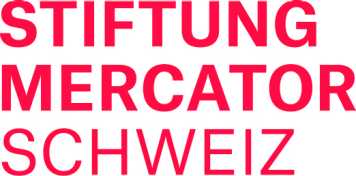
The case study is embedded within a research project financially supported by Mercator Foundation Switzerland. For information about the research project see the external page project web site.
